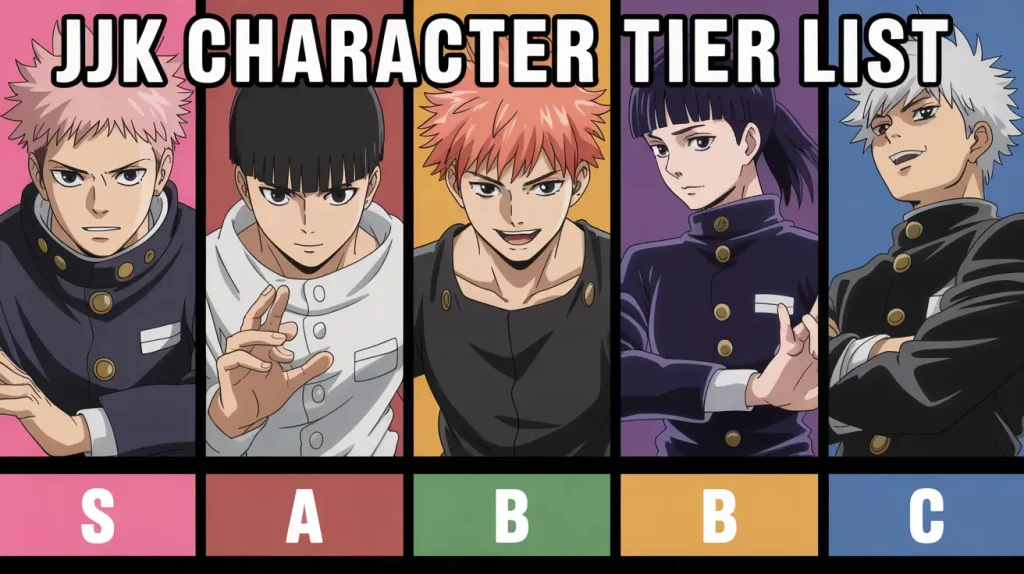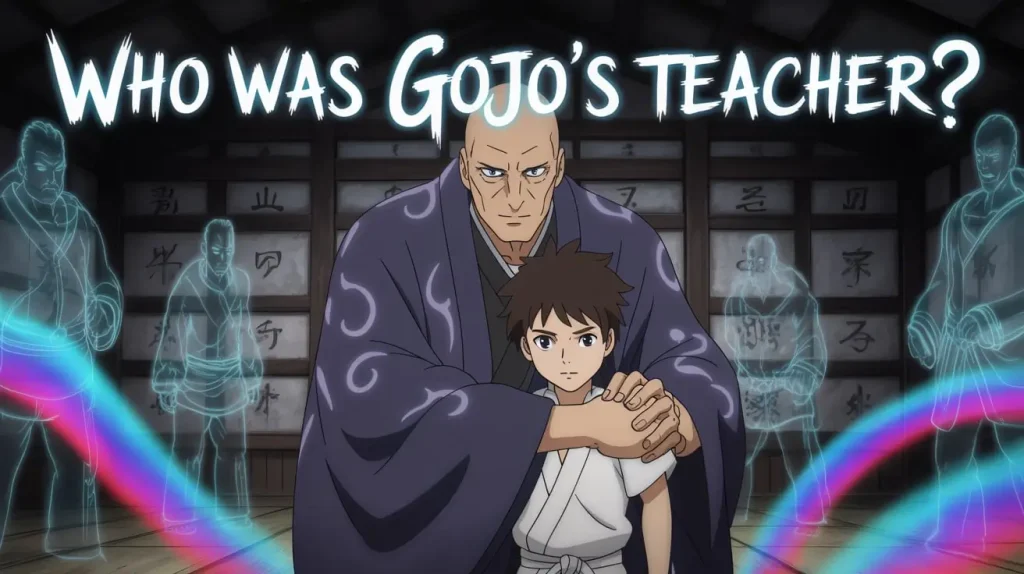Kyoto Jujutsu High 2025: Legendary Growth Unfolds

Within the universe of Jujutsu Kaisen, power isn’t merely strength—it’s legacy, intention, and survival. Amidst this world of curses and sorcery, Kyoto Jujutsu High stands tall—not just as an educational institution, but as a symbol of old traditions, strict hierarchies, and battle-forged prestige. Often compared with its Tokyo counterpart, Kyoto Jujutsu High has carved a niche of its own, attracting some of the strongest sorcerers and producing warriors who carry the weight of history and expectations alike.
But what truly defines Kyoto Jujutsu High? What makes it different, and why is its name resonating so loudly in the hearts of Jujutsu Kaisen fans around the globe?
Let’s explore the hidden truths, rivalries, ideologies, and the remarkable personalities that make this institution a force to reckon with.
The Institution Beyond the Walls
Kyoto Jujutsu High is not simply a school—it is a crucible of tradition. Rooted deeply in ancient Jujutsu practices, the Kyoto branch is the more conservative of the two major Jujutsu institutions in Japan. While Tokyo Jujutsu High leans toward innovation and acceptance, Kyoto upholds a more rigid, traditionalist approach. This ideological difference forms the backbone of its rivalry with Tokyo.
Led by principal Yoshinobu Gakuganji, a man whose beliefs are as firm as the stones beneath the school’s foundation, Kyoto Jujutsu High emphasizes obedience, discipline, and hierarchy. Unlike the more progressive and empathetic Satoru Gojo who leads Tokyo’s front line, Gakuganji reflects an older generation that values control and consistency over radical power plays.
This dichotomy defines not just the leadership, but the students as well.
The Students: Not Just Characters, But Symbols

Kyoto Jujutsu High has given fans an incredible ensemble of characters—each one more than just a sorcerer, but a personification of the values the school instills.
1. Mai Zenin
A member of the infamous Zenin clan, Mai struggles with the weight of family expectations and her own limitations. Unlike her sister Maki, who rejects the clan’s toxic traditions, Mai internalizes them—creating a dynamic full of inner conflict. Her role at Kyoto Jujutsu High illustrates how even in elite institutions, emotional trauma and sibling rivalry shape a sorcerer’s path.
2. Aoi Todo
The brute-force icon with a brain. Aoi is one of the most powerful students in the Kyoto lineup, and yet, he’s surprisingly philosophical. His love for idols and dramatic flair juxtaposes his raw combat skills. His eventual respect for Itadori Yuuji proves that even Kyoto students—known for their loyalty to their own—can evolve past rivalry and recognize true strength.
3. Kasumi Miwa
Hardworking, kind-hearted, and deeply insecure about her abilities, Miwa is the everyman of the Kyoto squad. She symbolizes those who don’t have raw power but rely on dedication and discipline. Her presence reminds us that strength in the Jujutsu world isn’t always loud—it can be humble, too.
Other names such as Noritoshi Kamo, Momo Nishimiya, and Ultimate Mechamaru further showcase the school’s diversity in techniques and mindsets, proving that despite its traditional exterior, Kyoto cultivates a wide range of abilities.
Ideology vs. Progress: The Clash with Tokyo
Perhaps the most captivating aspect of Kyoto Jujutsu High is its constant clash with Tokyo’s more progressive ideologies. The Kyoto-Tokyo Exchange Event wasn’t just a friendly competition—it was an ideological war in disguise.
At the heart of this clash is Yuuji Itadori, a host of Sukuna, the King of Curses. While Tokyo chose to protect and train him, Kyoto’s leadership—especially Gakuganji and a few students—viewed him as a threat that must be eliminated. This reflects a deeper issue: Is power something to fear, or something to guide?
Kyoto believes in containment. Tokyo believes in control through compassion. This fundamental disagreement shapes not only their missions but the very future of Jujutsu society.
The Training Philosophy of Kyoto
What makes a Kyoto sorcerer different isn’t just power—it’s how they’re trained to use it.
Training at Kyoto Jujutsu High is harsh, rigorous, and deeply rooted in older practices. Students are expected to obey hierarchy and develop combat strategies that don’t rely on improvisation. There’s an emphasis on technique over instinct, lineage over individuality.
For example, Noritoshi Kamo’s ability to manipulate blood reflects the school’s approval of inherited techniques and ancestral power. In contrast, Tokyo fosters unconventional styles—like Panda’s cursed corpse form or Inumaki’s speech-based powers.
Kyoto’s structured method sharpens discipline, but it can sometimes stifle creativity—something Aoi Todo notably rebels against, making him a standout even among his own peers.
Evolution Within Tradition
Despite its conservative roots, Kyoto Jujutsu High is not completely immune to change. The students themselves are catalysts of transformation.
Aoi’s eventual respect for Yuuji, Miwa’s vulnerability, Mai’s confrontation with family legacy—all these moments suggest that even in the most structured of institutions, growth is inevitable. These young sorcerers are slowly challenging the ideologies of their mentors, suggesting that the future of Kyoto may not be as rigid as its past.
Principal Gakuganji himself shows signs of subtle transformation, especially after the Shibuya Incident. The immense loss and evolving threat of curses may force Kyoto to reconsider what it truly means to protect society.
A Legacy Still Being Written
Kyoto Jujutsu High represents more than power—it symbolizes the friction between tradition and change. Its students aren’t just fighters; they’re representations of ideological tension. Their victories and losses don’t just affect them—they influence the future of the Jujutsu world as a whole.
As the Jujutsu Kaisen storyline continues to unfold, one truth becomes clear: Kyoto Jujutsu High is not just a backdrop—it’s a battleground of belief. Its existence forces every sorcerer, every fan, and every reader to ask a simple question:
Is power more dangerous when feared… or when misunderstood?
Final Thoughts
Kyoto Jujutsu High is a layered, complex institution that brings balance to the world of Jujutsu Kaisen. It’s not the villainous school some assume it to be—it’s a reflection of a system trying to preserve order in the face of chaos. But as the curses evolve and the threats grow darker, even Kyoto must ask itself: Can discipline alone save a world that’s already unraveling?
The answer lies not just in history, but in the hearts of the students rewriting that history every day.
For More Visits: Readjujutsukaisen
Also Read: Readjujutsukaisen Recap: 8 Epic Arcs You Can’t Miss






